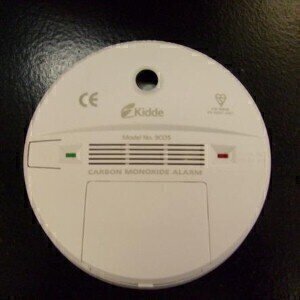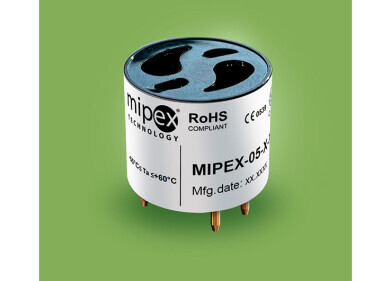Gas Detection
Gas Sensors with Unique Performance
Jan 28 2008
baseline increases substantially with temperatures above 25°C. The HCl-sensors from Membrapor (Switzerland)
measure hydrogen chloride without biasing and show, additionally to the good baseline stability, no cross-interference
to SO2 or NO2. Due to recent efforts, the response time could be reduced down to t90 Also the NH3-sensors do not need a bias-voltage and show an exceptionally low response time. At the Sensor + Test 2007, it was shown
that the NH3/MR-100 was able to detect 1 ppm ammonia, which makes it perfectly suitable for fast leak detection with portable instruments.
An even lower detection limit is required by phosphine, which is a hazardous gas with a very low TLV-value of 0.1 ppm. In order to monitor
this gas, a highly sensitive sensor is needed. With an output signal of 4’000 nA/ppm and t90 choice for this application. It is a major task to achieve a high selectivity, but also to keep the range in cross-sensitivity to an interference gas as low as possible. A new process technology has lead to hydrogen sensors which fulfil these tasks without exception. The H2/CA-1000 has a CO-interference between 0.1 % and 2.0%, which makes this H2-sensor unique, as are many other sensors from Membrapor.
Digital Edition
AET 28.2 April/May 2024
May 2024
Business News - Teledyne Marine expands with the acquisition of Valeport - Signal partners with gas analysis experts in Korea Air Monitoring - Continuous Fine Particulate Emission Monitor...
View all digital editions
Events
Jul 30 2024 Jakarta, Indonesia
China Energy Summit & Exhibition
Jul 31 2024 Beijing, China
2024 Beijing International Coal & Mining Exhibition
Aug 07 2024 Beijing, China
IWA World Water Congress & Exhibition
Aug 11 2024 Toronto, Canada
Aug 25 2024 Stockholm, Sweden and online









.jpg)








